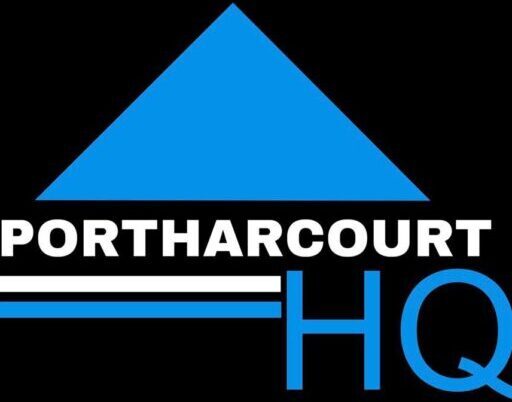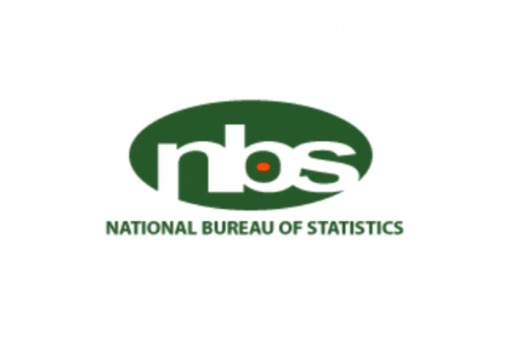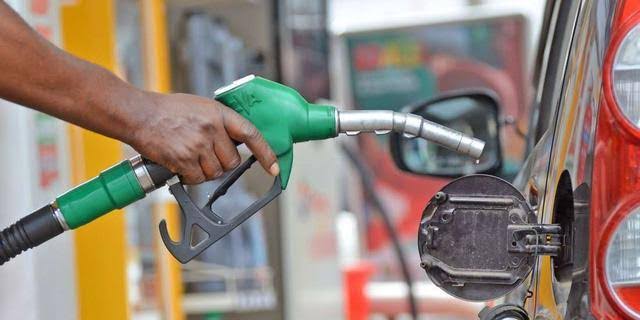Nigeria’s headline inflation rate declined to 22.97% in May 2025, down from 23.71% in April. This was revealed in the latest report released by the National Bureau of Statistics (NBS) on Monday.
According to the Statistician-General of the Federation, Prince Adeyemi Adeniran, this represents a decrease of 0.74 percentage points. On a month-on-month basis, inflation also dropped to 1.53% in May from 1.86% in April.
Key Drivers of Inflation
The main contributors to headline inflation in May were:
Food and Non-Alcoholic Beverages – 9.20%
Restaurants and Accommodation Services – 2.97%
Transport – 2.45%
Food Inflation Still High
Despite the headline drop, food inflation remains elevated. On a year-on-year basis, food inflation stood at 21.14% in May. On a month-on-month basis, it increased slightly to 2.19%, up from 2.06% in April.
This was driven by rising prices of items like yam, cassava, maize flour, and fresh pepper.
Core Inflation
Core inflation, which excludes volatile agricultural products and energy, dropped to:
22.28% (year-on-year)
1.10% (month-on-month)
New CPI Base Year Introduced
The NBS also introduced a new CPI base year of 2024. Under this adjustment, the Consumer Price Index (CPI) for May stood at 121.35.
State-by-State Breakdown
Highest Overall Inflation (Year-on-Year):
Borno – 38.93%
Niger – 34.97%
Plateau – 32.35%
Lowest Overall Inflation:
Katsina – 16.25%
Adamawa – 18.20%
Delta – 18.41%
Highest Month-on-Month Inflation:
Bayelsa – 9.11%
Bauchi – 4.85%
Borno – 4.42%
Largest Month-on-Month Declines:
Kaduna – (-6.75%)
Jigawa – (-4.40%)
Edo – (-2.94%)
Food Inflation (Year-on-Year)
Highest: Borno – 64.36%, Bayelsa – 39.85%, Taraba – 38.58%
Lowest: Katsina – 6.90%, Rivers – 9.18%, Kwara – 11.31%
For Port Harcourt and the South-South region, Rivers State recorded one of the lowest year-on-year food inflation rates at 9.18%, according to the report.




